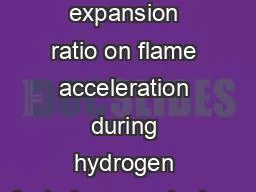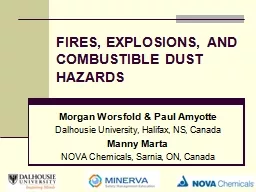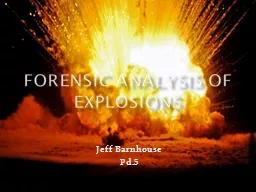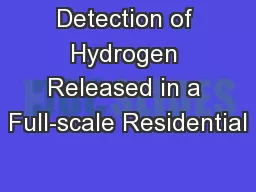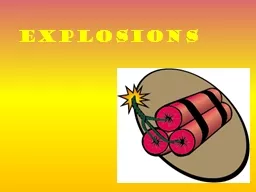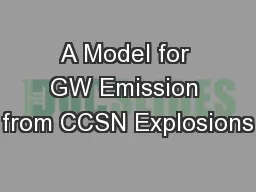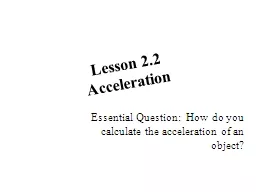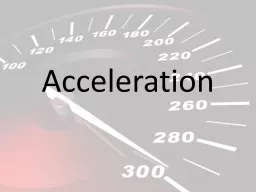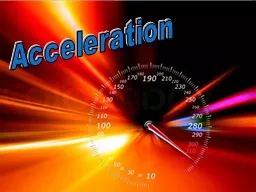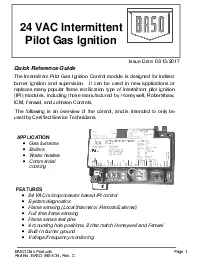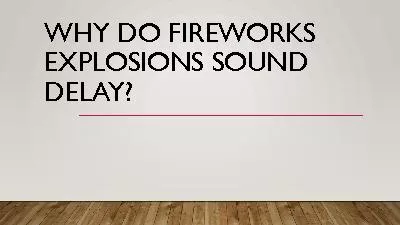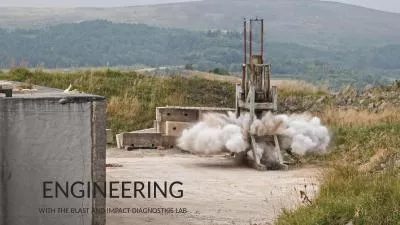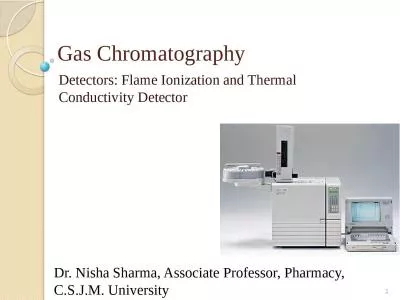PPT-2019/09/26 Effect of expansion ratio on flame acceleration during hydrogen fueled gas
Author : mojartd | Published Date : 2020-08-28
Jun Yaguchi Wookyung Kim Toshio Mogi and Ritsu Dobashi Department of Chemical System Engineering The University of Tokyo Introduction A precise understanding
Presentation Embed Code
Download Presentation
Download Presentation The PPT/PDF document "2019/09/26 Effect of expansion ratio on ..." is the property of its rightful owner. Permission is granted to download and print the materials on this website for personal, non-commercial use only, and to display it on your personal computer provided you do not modify the materials and that you retain all copyright notices contained in the materials. By downloading content from our website, you accept the terms of this agreement.
2019/09/26 Effect of expansion ratio on flame acceleration during hydrogen fueled gas: Transcript
Download Rules Of Document
"2019/09/26 Effect of expansion ratio on flame acceleration during hydrogen fueled gas"The content belongs to its owner. You may download and print it for personal use, without modification, and keep all copyright notices. By downloading, you agree to these terms.
Related Documents

